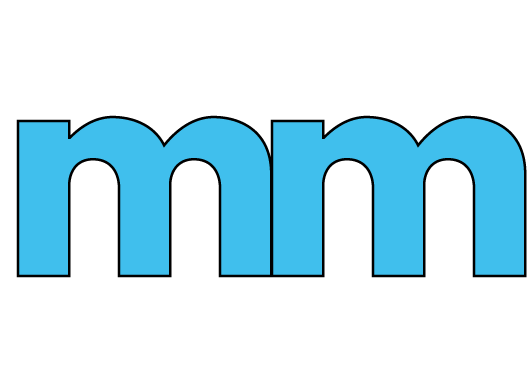Over the last few weeks, I have had the opportunity to dig deep into the ISTE Standards for Students (aka MITECS here in the Mitten) and the ISTE Standards for Educators. While everyone is recognizing that technology is becoming ubiquitous in our society, we still aren’t emphasizing the skills necessary to leverage the technology in our education system in a widespread way. These standards, while produced by an organization that supports technology in education organization, are not focused on using technology for technology’s sake, instead choosing to focus on pedagogy to prepare our students for the future. After all, our kids are the future.

Just looking into the Standards for Students, we can quickly identify the items that our students would get on board with. If you are struggling with engagement and student will, why not empower them to have some control over what and how they learn? That very first standard provides us with that opportunity to really let the students control it. Some students will need more guidance to cope with the sudden independence, but will greatly appreciate it. Not every student needs to learn every standard the same way. When we provide an education that forces that upon our students, we are implicitly expecting just that. I am willing to bet you have sat in a staff meeting and thought to yourself, “I can’t keep up with that, this isn’t how I learn.” Why do we expect it for our students?
When posed with state standardized tests and test scores, educators are quick to point out that these are inaccurate measures of what a student truly knows. (Taking into account the socio-economic and cultural bias of many state-administered tests, we still tend to argue that). Yet, how many continue to use a similar testing model for formative and summative assessment in their classrooms? (Insert the “our students need practice” comment). I think that even at a quick glance when you see “Knowledge Constructor” and “Creative Communicator,” we can quickly surmise that there are better, more engaging, and more telling ways for us to use assessment in the classroom.

When push comes to shove, educational change is hard. We will have
